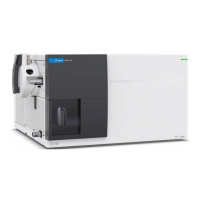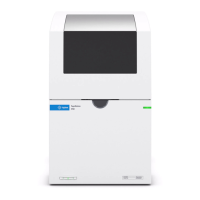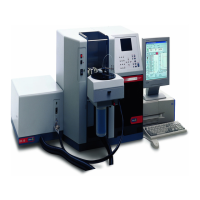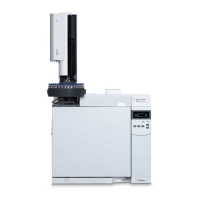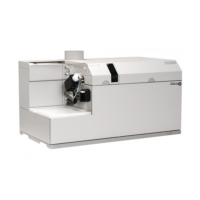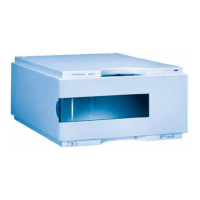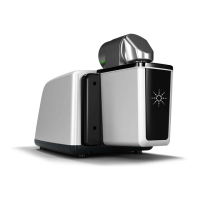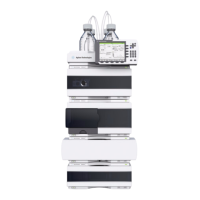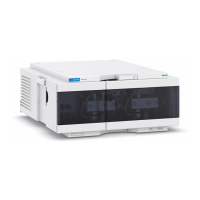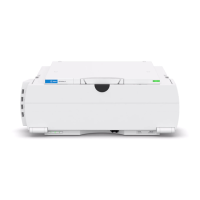Probe Type Choice
RTD's provide very accurate, highly linear relationships between resistance and temperature, over a range of roughly –
200 to 500 °C. There is very little conversion complexity for an RTD because it is so intrinsically linear. The multimeter
provides measurement for the IEC751 standard RTD, which has a sensitivity of 0.385%/°C.
Thermistors consist of semiconductor materials, and provide roughly ten times the sensitivity of the RTD. Because they
are semiconductors, their temperature range is more limited, commonly to –80 to 150 °C. Thermistors have highly
non–linear temperature–resistance relationships; therefore their conversion algorithms are more complex. The
Truevolt Series multimeters use the standard Hart–Steinhart Approximation to provide accurate conversions, with a
typical resolution of .08 °C.
2-Wire vs. 4-Wire Measurements
As with resistance measurements, four-wire temperature measurements are more accurate, because errors due to
lead wire resistance are completely eliminated. Alternately, you can use the multimeter’s Null function to remove the
test lead resistance from the measurement (see NULL Reading.)
Auto Zero On/Off
Enabling the autozero feature (ON) provides greater accuracy; however, the additional measurement (of zero) reduces
the reading speed.
NULL Reading
The DMM allows a separate null setting to be saved for the temperature function. When making null measurements,
each reading is the difference between a stored null value and the input signal. One application of NULL is to increase
accuracy of two-wire resistance measurements by first nulling the closed–circuit test lead resistance.
Agilent Truevolt Series DMM Operating and Service Guide 95
